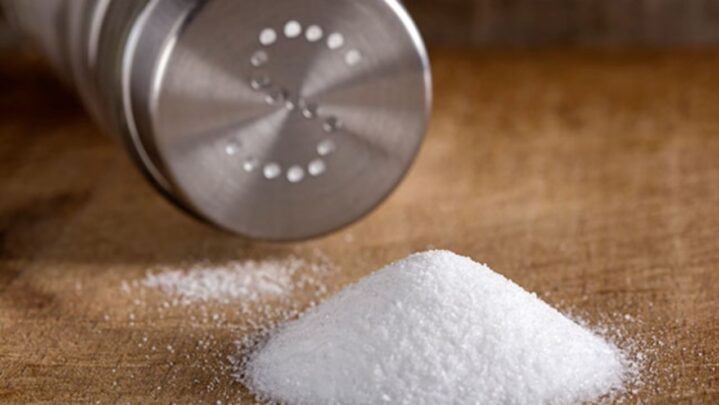1. Soldiers were occasionally paid in salt in ancient Rome because it was so precious. Salary is derived from the Latin word sal, which means salt. When a soldier performs poorly, his pay may be reduced, which is how the phrase “not worth his salt” came about.
2. Salt’s historical value stemmed from its capacity to preserve food. Although Venice, Italy, is now known for its canals, salt imports fueled the city’s growth as a powerful commerce force by the end of the 13th century.
3. Salt acquired a great deal of symbolic significance. There’s a reason it’s called “salt of the earth,” “a pillar of salt,” and “a covenant of salt” in the Bible. It was an ideal metaphor for durability and conviction because of its preservation powers.
4. While most individuals are aware of the dangers of salt, lowering your intake is easier said than done. The Food Safety and Standards Authority of India (FSSAI) estimates that the average Indian consumes roughly 10 g of salt per day, which is more than twice the recommended level. Reduced salt consumption could be practised from an early age because the taste for salt is learned.
5. Even French fries aren’t always the worst offenders. Pizza and burgers have more sodium than fries, according to a 2012 study that looked at sodium levels in fast-food items from different countries. This is because they come in larger serving sizes.
6. Even if you eat healthily, extra salt may be hidden in your meals. Develop better eating habits: Salt should not be sprinkled on salads, fruits, or yoghurt. Salad dressings, pickles, papads, and ketchup, for example, are high in salt.
7. While sea salt may appear to be healthier than table salt, both contain nearly the same amount of sodium—around 40%. Try garlic, pepper, oregano, sage, rosemary, and other spices or herbs if you’re looking for a sodium-free flavouring.
Also Read: 7 Unknown Facts About India You Will Surely Want To Know





